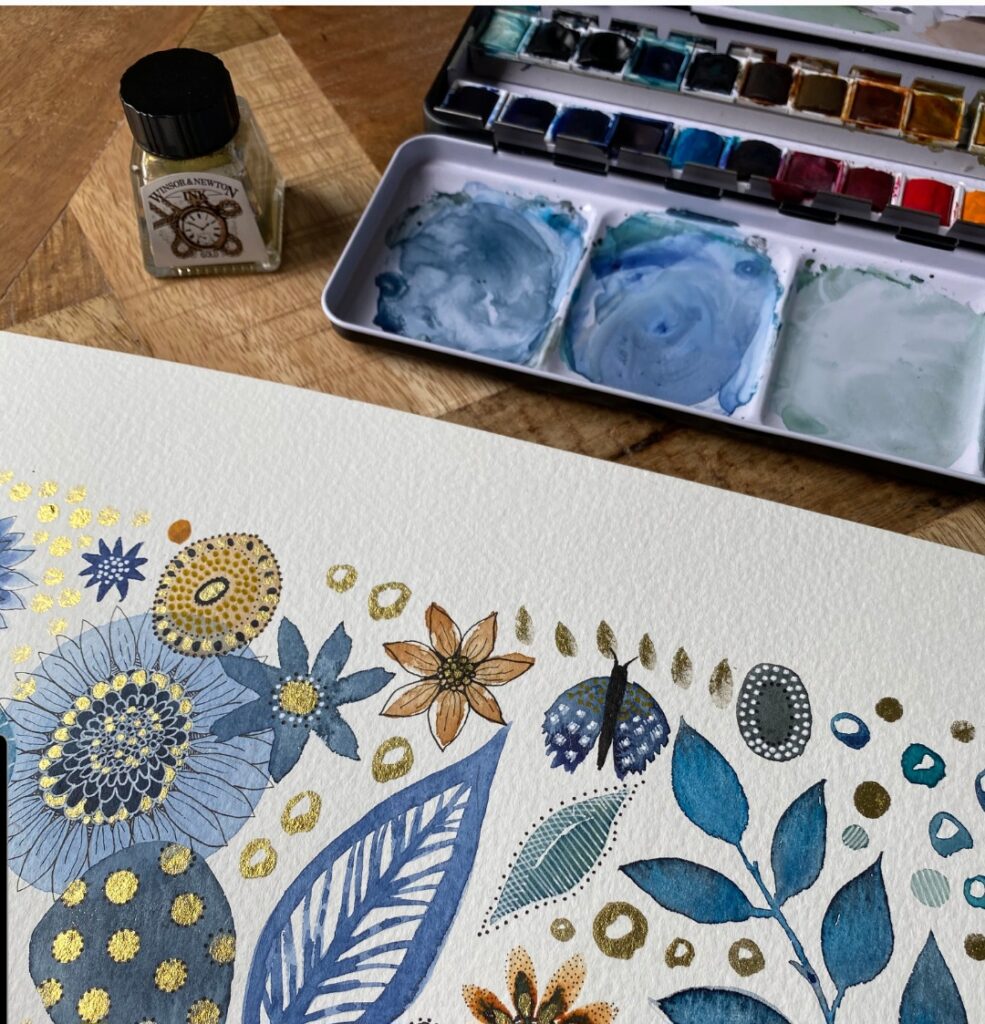Capsicum annuum

- Common name: Chilli/sweet pepper
- Type: Annual vegetable
- Flowering: Summer
- Height and spread: 0.5 to 1.5 metres
- Soil: Moist but well-drained
- Aspect: Sun – greenhouse or outside
- Hardiness:
- Care: Moderate
Want to find Chillies at Reveley? Look in the conservatory and the greenhouse. Especially for the heritage variety, Ciliegia Piccante (Bacio di Santana) ‘Satan’s Kiss’ – a small red, round chilli, similar in size and appearance to a cherry or cherry tomato (see above photograph).
A member of the Capsicum genus which belongs to the Solanaceae family. Chillies are used in a variety of culinary dishes to add ‘heat’ – the intensity of which varies from species to species. Chilli plants can be grown in the greenhouse, conservatory, garden or in pots on the patio. Their vivid red fruits bringing late summer interest to the garden. Varieties range in heat from mild to blow your head off hot.
Originally from Mexico, China is now the biggest producer of green chillies. Christopher Columbus is recorded as the first European to come across this vegetable, when he landed in the Caribbean, naming them peppers as the hot spicy flavour was reminiscent of black pepper.
Plants can be raised indoors from seed from late winter until early spring. Germination rate is normally fairly good, so only sow a few seeds, either in a heated propagator or a pot covered with a clear plastic bag held in place with an elastic band and placed in a warm sunny position such as a windowsill. Prick out seedlings and either grow on in the greenhouse, or plant outside when all risk of frost has passed and plants have been hardened off. Alternatively, you can buy small plants from most garden centres or supermarkets. Plants will need regular watering and should be fed every two weeks when the flowers appear. To encourage lots of fruiting branches pinch out the tops when the plants are about 30 cm tall. It is thought that generally the poorer the ground the hotter the chilli! The fruit can be green, bright red or orange depending on the variety.
Whitefly is the biggest pest in the greenhouse – biological controls and yellow sticky sheets will control organically or speak to your garden centre re pesticide control.
The Solanaceae family includes the vegetable varieties such as tomatoes, peppers, aubergines, potatoes as well as the flowering climber Solanum crispum, the tobacco plant and deadly nightshade! Quite an interesting mix.
The heat in chillies is from the chemical Capsaicin, an irritant to which mammals are allergic, hence the burn when eating. If you’ve ever wondered why so many people enjoy a vindaloo it’s because the pain from eating a hot chilli kicks in the body’s defence system releasing endorphins, the body’s natural painkillers, which can give you a slight ‘high’.
And for those of us who like our chillies taken down a peg or two, scrape away some of the white pith inside as this is where the biggest concentration of Capsaicin is stored.
The fruit of the Chilli plant does need to be handled with care, always wash your hands immediately after touching chillies, or wear gloves. The irritant Capsaicin is easily transferred to other parts of your skin and, even worse, eyes.
In some parts of India, it is widely believed that chillies have a supernatural quality, and that hanging them above a doorway will ward off the Evil Eye.









